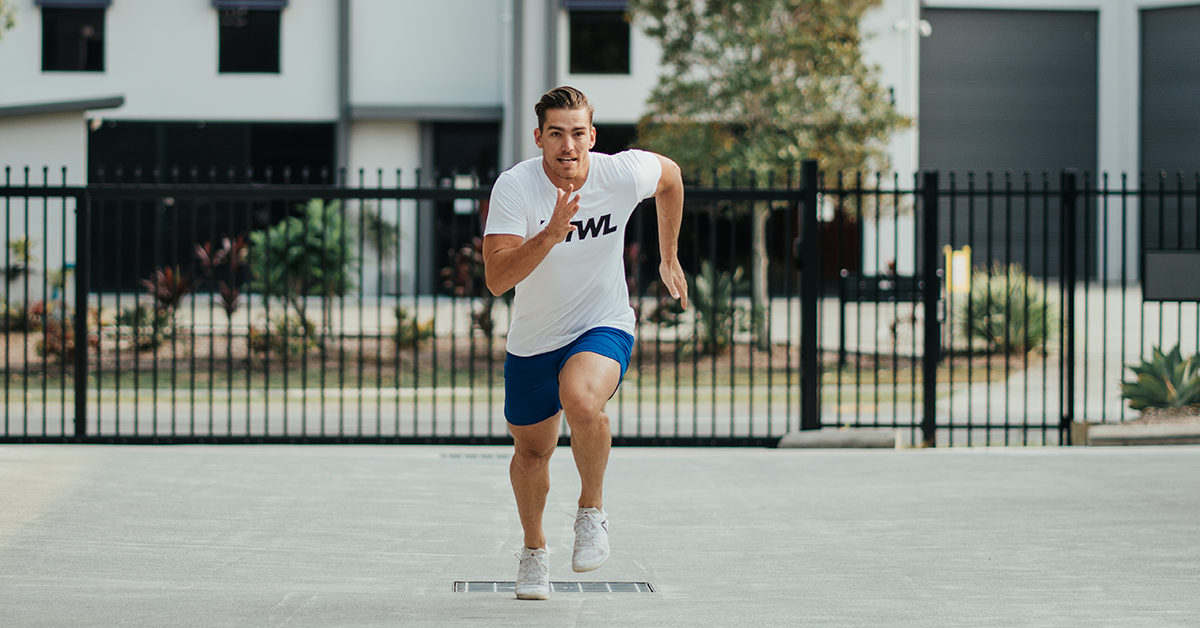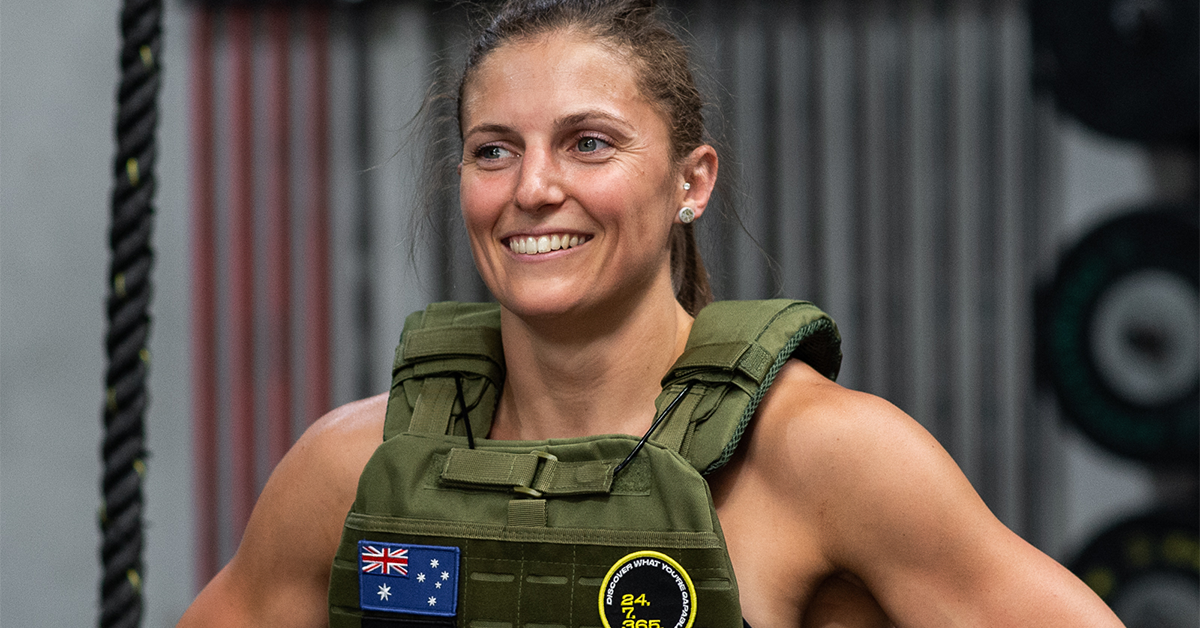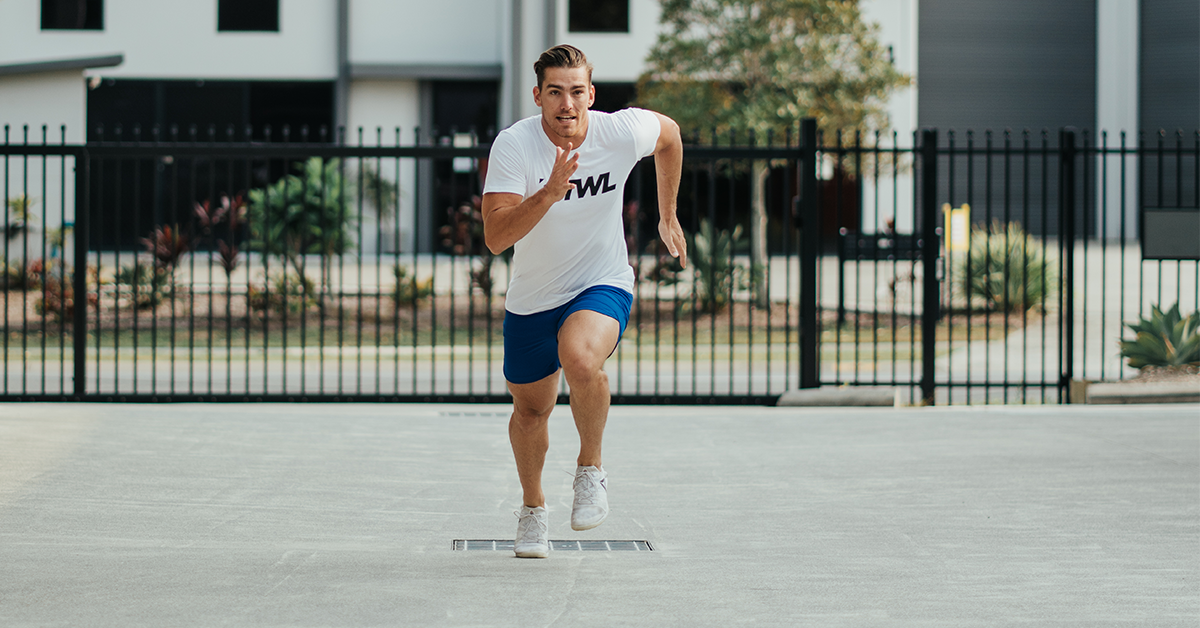Anyone who has slogged through a 5K, pushed through 15 intervals, or hung on in a 400m knows running and sprinting are as much a mental battle as they are a physical one. Running has excellent health and performance benefits, which include improvements in blood circulation, lung capacity and function, vo2 max, and muscle capillary density.
However, if you want to improve your raw capacity, burn calories, or just get your butt off the couch, steady-state running should be trained in conjunction with high-intensity sprint training. Here’s why the “running versus sprinting” battle demands a lot more attention from athletes.
Running Versus Sprinting
Why Should I Run?
Steady-state running involves long durations (15–60 minutes) of sustainable, repeatable, and adequately paced sessions. The sessions are designed for the athlete to work at sub-maximal effort, consistently for the entire duration. If you have irregular breathing or “sloppy” running form or are being forced to slow or stop moving, then this may be a sign you have incorrect pacing. A good rule of thumb would be that you could say hello to a friend and ask how they are doing but not hold a full conversation.
Effectively programmed steady-state running will improve transportation of oxygen to the working muscles, provide ATP for PCR re-synthesis, and speed up recovery. It also helps build mental toughness and is great during a deload.
However, steady-state running does not stimulate glycolysis, recruit fast twitch fibres, or assist in the tolerance of waste products such as lactic acid.
How to do it: long, continuous session at sub-maximal threshold.
Example session: 10km run at sub-maximal pace.
Why Should I Sprint?
Sprint training targets more fast-twitch muscle fibres, conducive to muscle size and power improvement. Couple this with the massive encouragement of protein synthesis and increase in anabolic hormones, sprinting is sitting pretty. Sprint training involves working at near-maximal or maximal effort, primarily on equal rest-to-work ratios or greater. Intervals such as this better force the body to tolerate and remove waste products that build up when working at high intensity, which means you can recover quicker and perform at a high output longer.
In addition, sprinting will help increase your overall power and speed output, giving you more to play with in your cleans, box jumps, assault bike, and more.
How to do it: repeated intervals at a high threshold.
Example: 12 x 100m max effort. 90-second rest in between for more anaerobic recruitment. 6 x 50m at 90%. 20-second rest in between for more aerobic recruitment.
Ultimately, the well-rounded athlete incorporates different running adaptations to improve his/her overall performance. Functional fitness is a constantly varied test, which requires equal parts of endurance, as it does high-power output. If only one end of the spectrum is trained, we miss out on the vital performance output in other areas. In other words, steady-state running and sprinting are both important and deserve your attention.
“Some sessions are stars and some are stones, but in the end they are all rocks and we build upon them.” — Chrissie Wellington

















